The space under the sink is often seen as convenient for storing various household items. If not handled cautiously, it might cause dangers or damage to objects. Properly managing this space helps prevent accidents and keeps the home environment safer and more organized.
Hazardous Chemicals
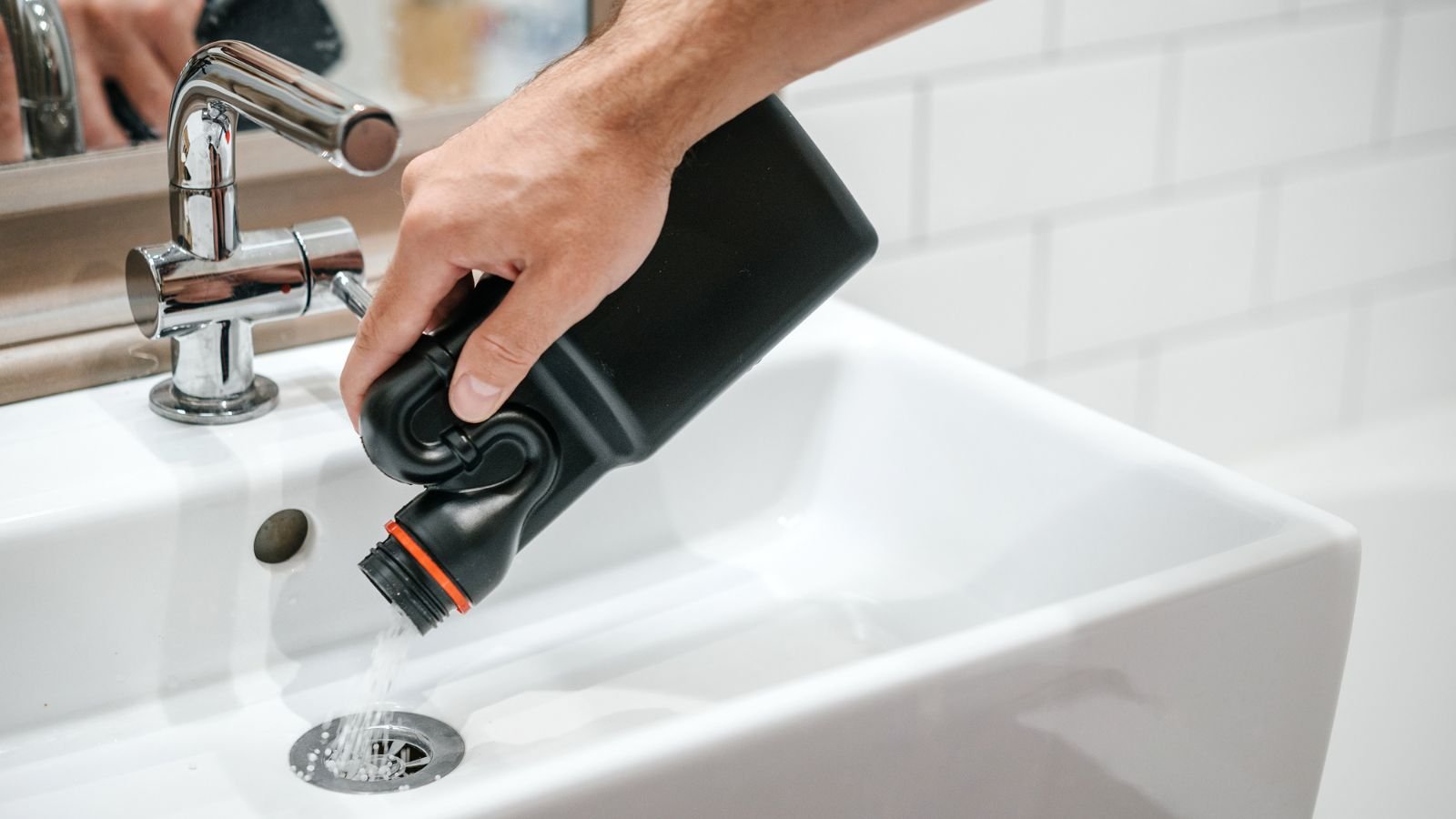
According to the U.S. Fire Administration, around 1,700 fires occur because of chemical reactions. This usually involves the mishandling of hazardous materials. Storing chemicals like bleach, ammonium, or drain cleaners under the sink increases the risk of accidental mixing. These substances can create toxic fumes when combined, posing severe health hazards. The confined space amplifies the danger. It potentially leads to respiratory issues or chemical burns.
Prescription Medications

Lack of proper storage of medication significantly reduces its effectiveness. Keeping them under the sink in a damp, warm environment accelerates chemical breakdown. This degradation can render medications ineffective or potentially harmful. Temperature fluctuations and exposure to cleaning product fumes further compromise drug stability, risking unintended health consequences.
Non-Waterproof Electronics

Storing non-waterproof electronics under the sink exposes them to high humidity and potential water leaks. This environment can lead to short circuits, corrosion of internal components, and permanent damage to electronic items. The risk of electrical malfunction increases in such instances. This can potentially cause data loss or render devices unusable.
Pet Food

As per the FDA, improper storage of pet food can lead to Salmonella contamination. It affects both humans and pets. The moist environment under the sink promotes bacterial growth and attracts pests. This can result in food spoilage, compromising pet health and increasing the risk of foodborne illnesses. The presence of cleaning products nearly also poses a risk of chemical contamination.
Electrical Appliances
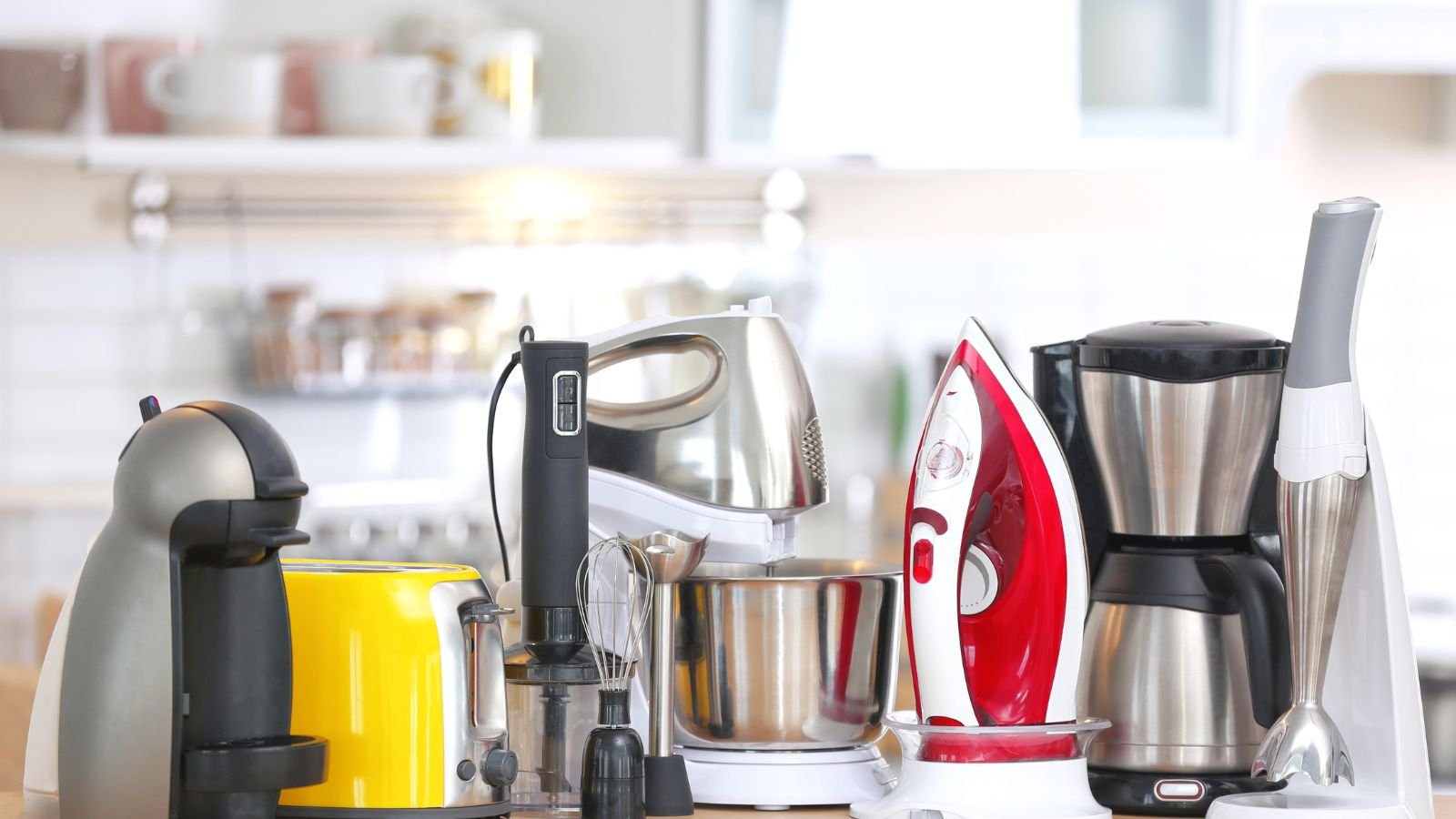
The Electrical Safety Foundation reports that 51,000 electrical fires occur annually due to faulty electrical distribution systems. Putting away small appliances under the sink exposes them to moisture and potential leaks. This environment can cause short circuits, corrosion of electrical components, and increased risk of fire. The proximity to water sources makes this storage location particularly dangerous for electrical items.
Paper Products

The U.S. EPA reports that 23.1% of municipal solid waste consists of paper products. Keeping paper goods under the sink leads to wastage due to moisture absorption. Wet paper serves as a source of mold and mildew, posing health risks. The improper storage also contributes to unnecessary landfill waste and financial losses from ruined products.
Important Documents

According to the National Archives, exposure to moisture can cause irreversible damage to paper documents within 48 hours. Storing important paper under the sink puts them at risk of water damage from leaks or high humidity. This can lead to ink bleeding, mold growth, and structural deterioration of the paper. Loss of critical information can result in legal and financial complications.
Fabric and Linens
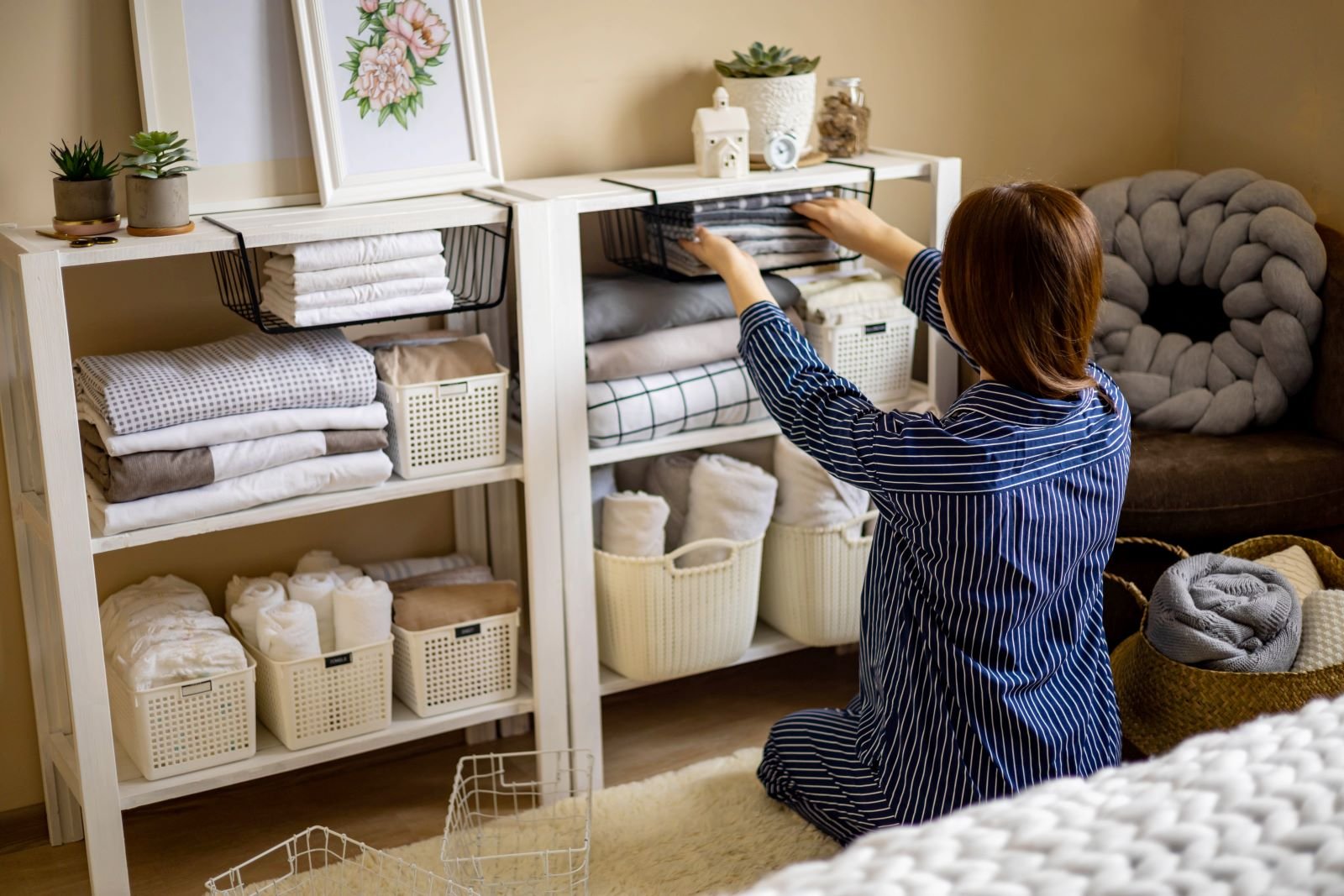
A significant amount of moisture problems in homes originate from improper storage. Putting fabrics and linens under the sink exposes them to dampness. It leads to mold growth and unpleasant odors. This can trigger allergies and respiratory issues. Keeping them adjacent to cleaning supplies increases the chance of stains and deterioration.
Wooden Items
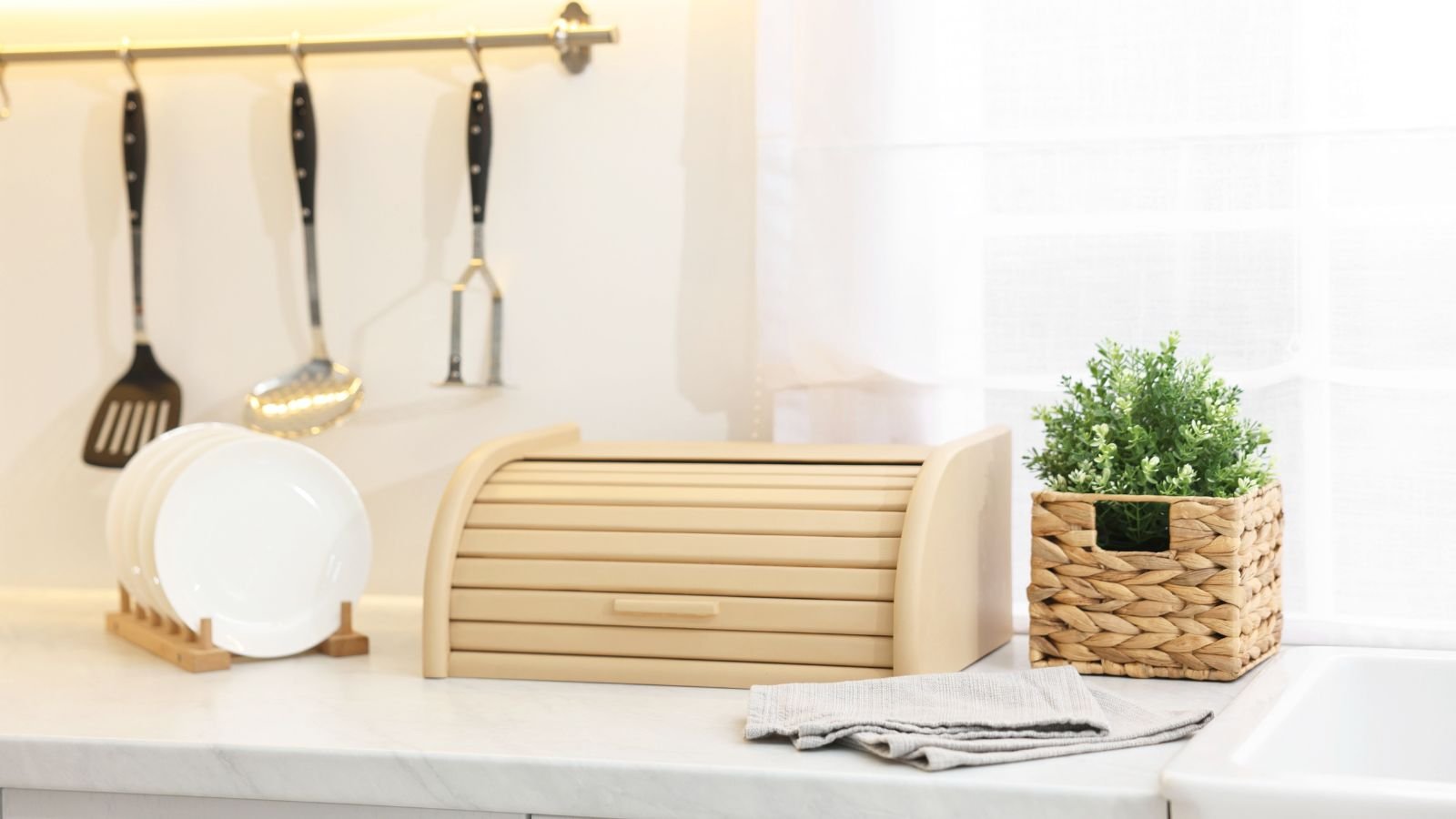
Wood may absorb 30% of its weight in moisture, according to the USDA. Storing wooden items under the sink exposes them to high humidity. It causes warping, swelling, and structural damage. This environment promotes fungal growth, leading to rot and deterioration. The compromised integrity of wooden objects renders them unstable and potentially hazardous.
Spare Light Bulbs

Exposure to moisture can reduce the lifespan of lightbulbs by 50%. Keeping bulbs under the sink subjects them to humidity. It potentially causes corrosion of metal components. This can lead to premature failure and increased energy consumption. The risk of breakage in this cramped space also poses safety hazards.
Batteries
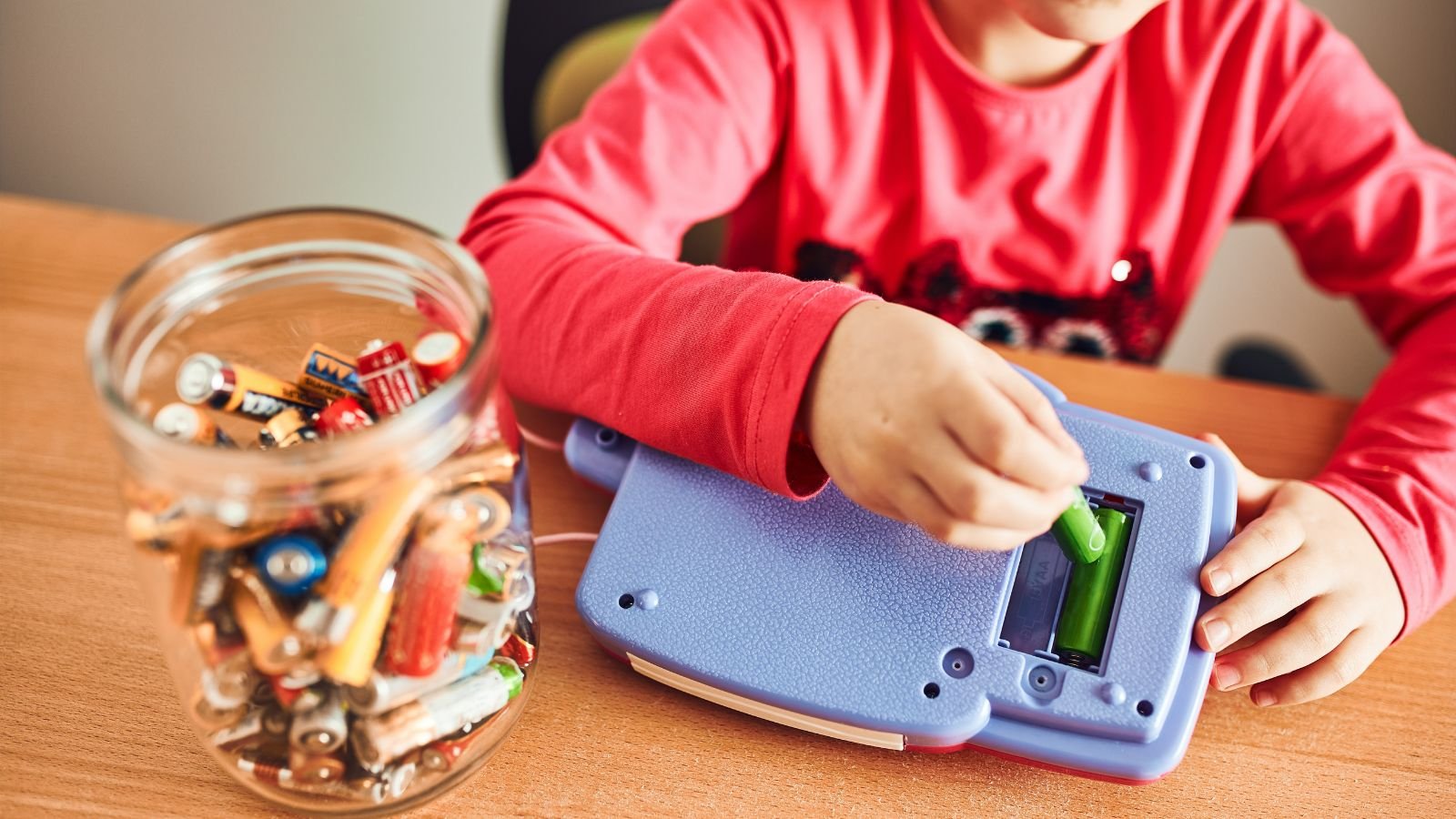
The EPA reports that improper battery disposal results in 88% of mercury and 50% of cadmium in municipal waste. Putting away batteries under the sink exposes them to moisture, causing corrosion and leakage of harmful chemicals. This can damage nearby items and pose environmental hazards. The risk of short circuits also increases, potentially leading to fires or explosions.
Cosmetics and Skincare Products

Around 20% of cosmetic-related injuries are due to bacterial contamination. Storing these products under the sink exposes them to moisture and temperature fluctuations. This results in the growth of microbes. This can lead to skin infections and allergic reactions. The altered chemical composition of products may also reduce their efficacy and safety.
Canned Food

The USDA warns that exposure to moisture can cause cans to rust, potentially leading to botulism. Keeping canned goods under the sink increases the risk of contamination due to high humidity. Rust compromises the can’s integrity. It allows bacteria to enter and spoil the contents. This improper storage can result in foodborne illnesses and product waste.
Paint and Art Supplies

Improper storage of paints can release toxic fumes. Storing these items under the sink exposes them to temperature fluctuations and moisture. It alters their chemical composition. This can lead to the release of harmful VOCs. It can compromise air quality and pose significant health risks.
Cleaning Tools

The CDC reports that improperly stored cleaning tools can harbor harmful bacteria like E.coli and Salmonella. Keeping mops, sponges, and cloths under the sink creates a damp environment ideal for microbial growth. This can lead to cross-contamination during cleaning, potentially spreading pathogens throughout the home. The moist conditions also accelerate the deterioration of cleaning tools.
Emergency Supplies

Placing emergency kits in accessible, dry locations is recommended. Keeping these supplies under the sink makes them vulnerable to water damage and chemical contamination. This can render critical items like first aid supplies, flashlights, and emergency food rations useless when needed the most. The confident space also makes quick access difficult during emergencies.
Adhesives and Sealants

Improper storage of adhesives can lead to toxic fume acculturation. Storing these products under the sink exposes them to moisture and alters their chemical properties. This can render them ineffective or create hazardous compounds. The risk of accidental spills in this confined space also increases. It poses safety and environmental concerns.
Candles

Moisture exposure can significantly affect the condition of candles. Keeping them under the sink subjects them to humidity, making them difficult to light and use effectively. Moisture can also alter the fragrance and color of scented candles. This improper storage leads to waste products and potential disappointment when candles are needed for ambiance or power outages.
